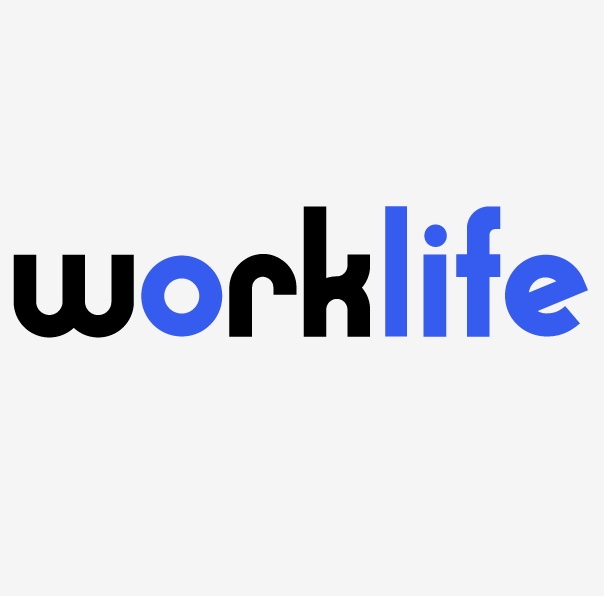On January 10, 2018, Immigration Customs Enforcement (“ICE”) unintentionally triggered another national crisis—a widespread shortage of access to Slurpees. ICE’s one day raid on almost 100 7-Eleven convenience stores represents the agency’s largest effort targeting a single-employer and beef jerky in recent history. The raids resulted in 21 arrests of employees suspected of being illegally in the country and the commencement of I-9 audits at each location. Efforts to reach Bart Simpson to learn Apu’s fate have gone unanswered.
These raids, which ICE declared as, just the beginning, follow the agency’s late 2017 announcement that it is quadrupling its enforcement efforts this year. We think that’s like at least 4 times the effort, which means that employers also need to up their game. In fact, late last year, ICE recorded its largest I-9 settlement, $95 million, in its case against Asplundh Tree Experts, a company based in Pennsylvania.
Keep in mind that the 7-11 raids are only the beginning of the story. Each store targeted is now undergoing an I-9 audit. All employers must be concerned with this issue, and should immediately focus on compliance.
Let’s start with the form itself. Knowing which form to use is like trying to follow a 3-card Monte game, as the I-9 seems to change every few months. All new hires since September 18, 2017, must use a form with a 07/17/2017 publication date and an 08/31/2019 expiration date. Using the older form is an infraction that will result in a fine as is something as simple as an employee failing to write their name at the top of the second page. Precision and vigilance are critical.
The new form makes changes to List C items that can be used, but also includes some subtle revisions. Prior instructions stated that employees need to complete the I-9 by the end of the first day of work. The new form requires that the employee complete Section 1 no later than the first day of employment. The language change must mean something so we suggest that you have new hires bring the form with Section 1 filled out on the first day of work before they lift a finger. At the moment, Section 2 still provides 3 days for employees to produce eligibility documents. For employers who hire remotely, also keep in mind that the I-9 requires that you actually touch the original eligibility documents presented. A fax, scan or photo does not count and will also result in a violation and fine.
USCIS also recently advised employers of an I-9 phishing scam. An email from a fraudulent address: news@uscis.gov and a download button that links to a non-government web address (uscis-online.org), instructs employers to provide I-9 documents. It is important to instruct employees who may receive this email not to respond or click the links in them. ICE kicks down the door, it does not send emails.
Employers need to know what to do if ICE show up at the door. If the agency has reason to believe that there are employees without the right to work, it could have a search warrant. Without a warrant, the agents can only get past the front door with consent. It is important to have a game plan before confronted with that situation. ICE could also deliver a Subpoena for the I-9s, which will give you 3 only days to make them available—not much time to review and correct errors.
So, with ICE’s aggressive and climate-resistant enforcement efforts in full force, it is more critical than ever for employers – before the feds come knocking – to get the protocols and I-9s themselves in order. We can help.









